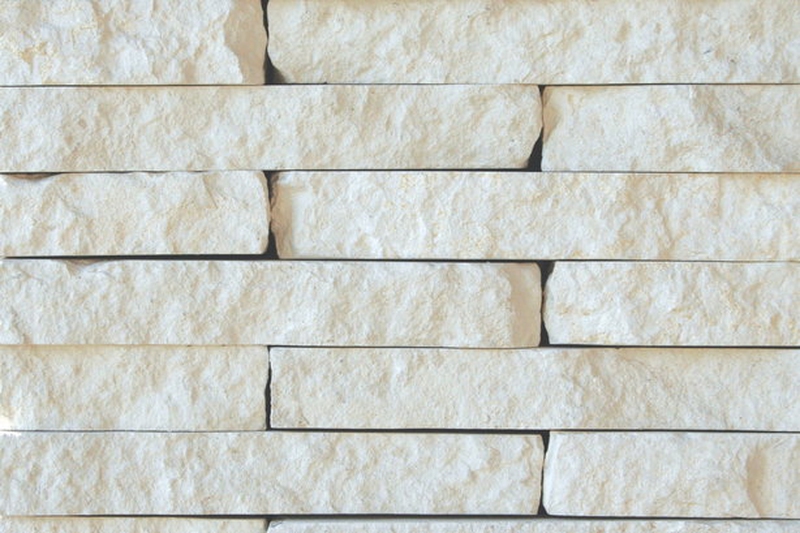Limestone is a sedimentary rock that is usually white in color, as it is largely composed of calcium carbonate. Limestone can be colored by impurities, however; iron oxide can make limestone red, brown or yellow, while carbon can make it gray, black or blue.

Part 1
Limestone is known by many other names, which are determined by the rock's appearance, how it was formed, its composition and other factors. Common names for limestone include:
Chalk - Chalk is a soft limestone that is typically light gray or white, and it has a very fine texture. The calcareous shell remains of many different microscopic marine organisms form chalk.
Travertine - Travertine forms in caves from evaporated precipitation.
Coquina - Coquina is formed on beaches from broken shell debris.
Lithographic limestone - Lithographic limestone typically features uniform and fine grain sizes, and it is quite dense. The grains form in thin beds, which are easy to separate, resulting in a very smooth surface.
Tufa - The precipitation of calcium-rich waters, such as hot springs, lake shores and other areas, produces tufa limestone.
Fossiliferous limestone - Fossiliferous limestone is formed from shell and skeletal fossils.
Oolitic limestone - Oolitic limestone is largely composed of calcium carbonate oolites, which are spheres that form from concentric precipitation on shell fragments or sand grains.

View All Comments /Add Comment